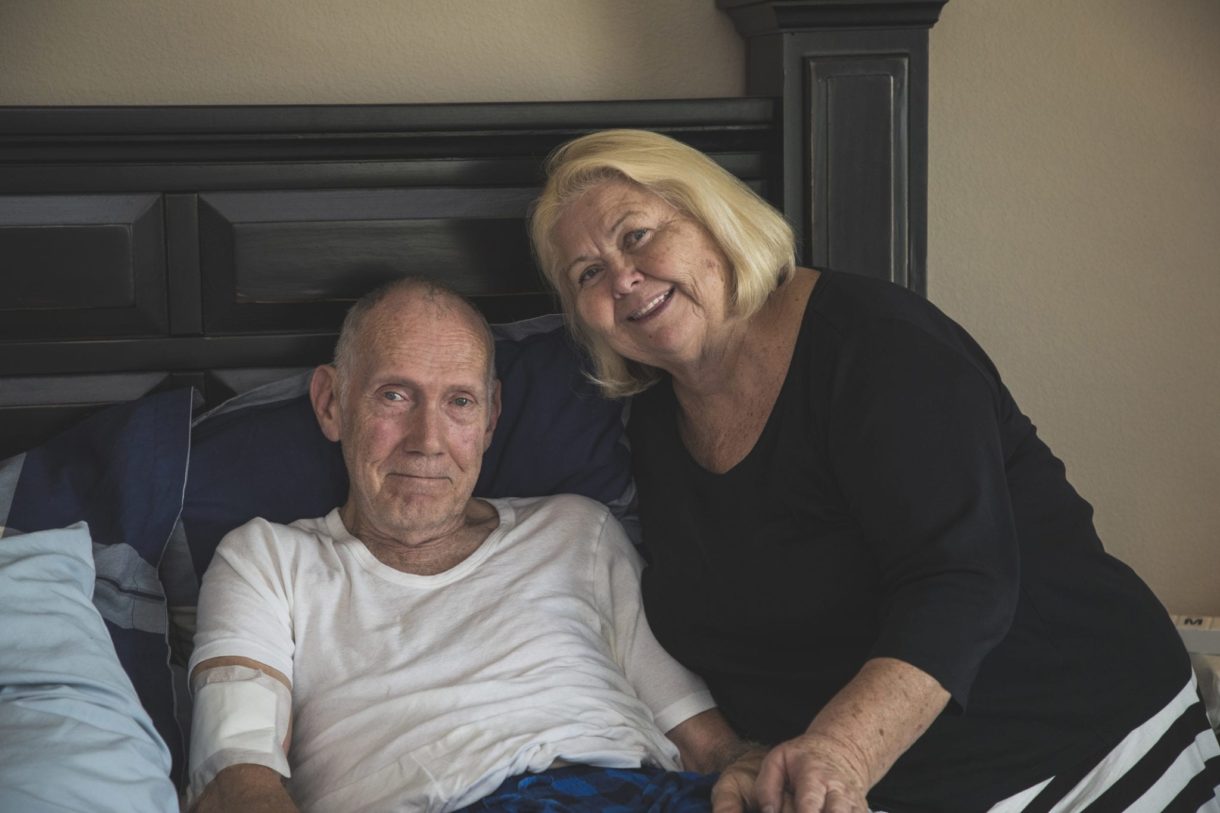If you’ve looked into hospice for a loved one, you may have run across the term “levels of care.” Medicare and Medicaid offer four levels of hospice care. These levels define the types of hospice care services. One patient can experience all four levels of care during their hospice journey or only one. Patients may seek routine home care but have a crisis that requires them to visit the hospital.
The level of care a patient receives depends on the patient’s symptoms and the caregiver’s needs. Familiarize yourself with the four levels of hospice care—aka the hospice services your loved one can receive.
Routine Home Hospice Care
Routine home care is what most people think of when they think about hospice. Routine hospice care is provided at a patient’s residence. Patients who live in private homes, assisted living facilities, and nursing facilities can all receive at-home hospice. Wherever patients live is where they receive care.
The services hospice teams provide include:
- Medical services
- Pain management
- Personal care
- Housekeeping services
- Caregiver support
- Spiritual support
- Grief counseling
Studies show that nearly 80% of Americans wish to pass away in their own homes. Most hospice services are provided at home, granting people the chance to die with dignity and be surrounded by those they love. Ninety-eight percent of hospice patients get care at the routine home care level.
Home hospice is organized by the patient’s physician and hospice team. Patients are visited by a registered nurse, spiritual counselor, medical social worker, certified nurses aides, and trained volunteers. Members of this team may visit once a week or multiple times a week, depending on the patient’s needs.
Continuous Hospice Care
Medical crises and severe pain require more frequent care and monitoring. Patients with acute symptoms may need continuous hospice care. At this level of care, a nurse stays with the patient at home for an extended time. A nurse may stay between eight and 24 hours a day. Continuous care aims to manage symptoms so the patient can avoid a hospital visit and remain at home.
Signs a patient needs continuous hospice care:
- Unrelieved pain
- Vomiting
- Shortness of breath
- Panic attack
General Inpatient Hospice Care
Sometimes, patients who experience severe symptoms need inpatient care. After trying to address symptoms at home, a patients’ hospice team and primary caregiver may decide advanced care in a hospital or inpatient facility is best. Registered nurses are available 24 hours a day to care for the patient under general inpatient hospice care.
Hospice teams and inpatient staff work to manage symptoms so the patient can return home, if possible. Moving to inpatient hospice care does not mean the patient will remain in the hospital. This level of care is meant for short stays. Once a patient’s symptoms are under control, the hospice team will determine next steps based on the patient’s condition.
Inpatient Respite Care
Caregiving is a big responsibility. It is stressful. It is overwhelming. It’s hard. Inpatient respite care offers unpaid family caregivers temporary relief from their duties. Caregivers need to be cared for, too!
During an inpatient respite care period, patients receive care in a hospice facility, long-term care facility, or hospital. The caregiver gets a short break while the patient is looked after by trained providers. Inpatient respite care periods can last up to five consecutive days and must be planned with the hospice team. Medicare pays for these days and transportation to the facility.
Respite care gives family caregivers the space to relax, renew their energy, and gain perspective. Caregivers may take time to reconnect with their children or catch up with friends. Some may use respite care to attend a funeral, wedding, or important work function.
The patient’s physician, hospice team, and caregiver will determine what level of care the patient needs. Most patients start with routine home hospice.
Is it time for hospice care?
Contact Seasons Hospice. We’re a faith-based hospice program in Springfield, MO, that accepts all patients regardless of their ability to pay. Our goal is to make hospice available to everyone who would like to receive it.






